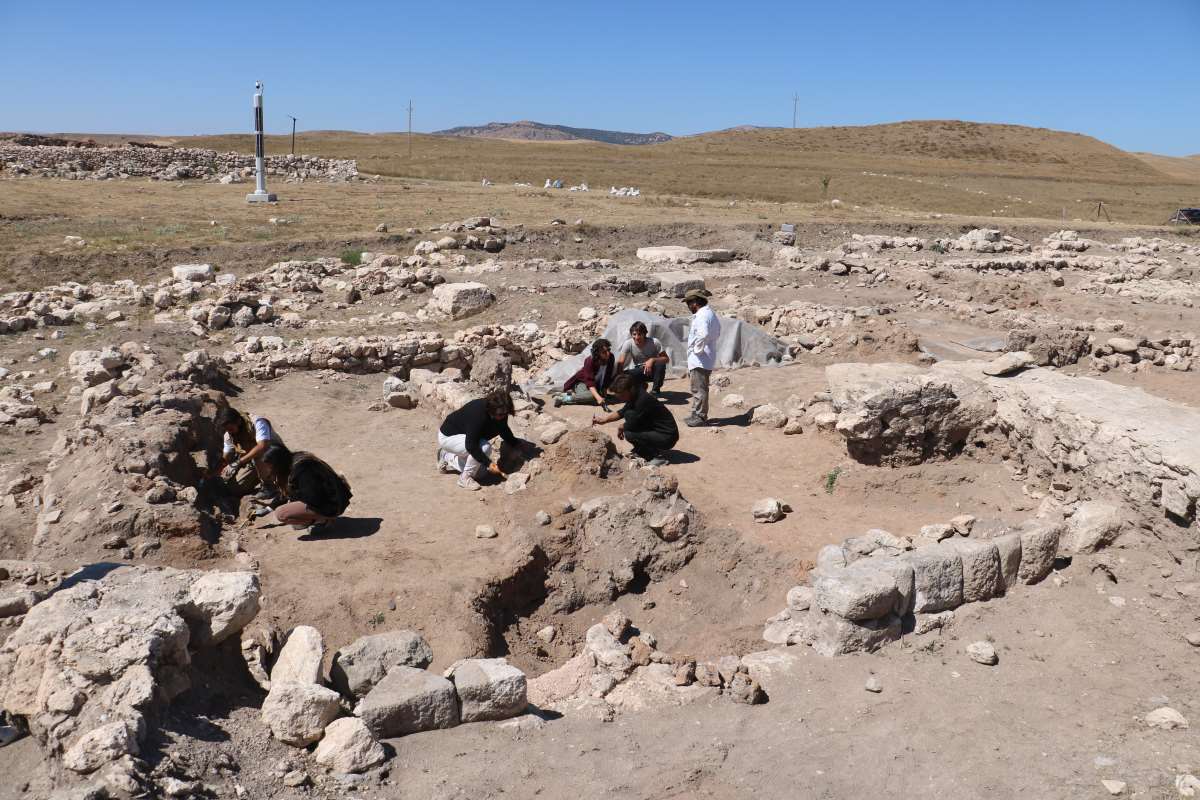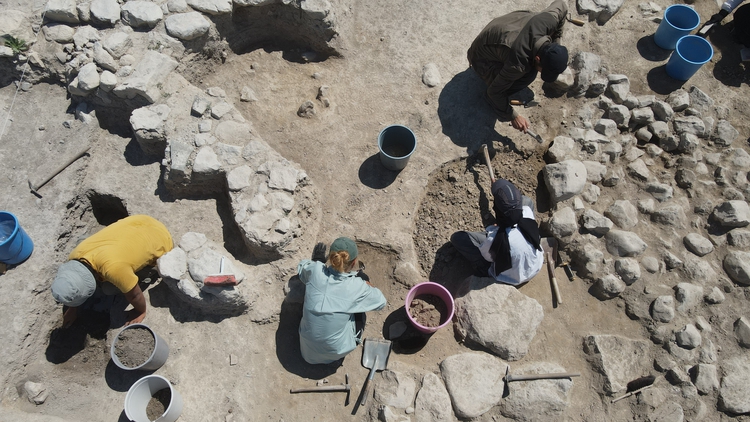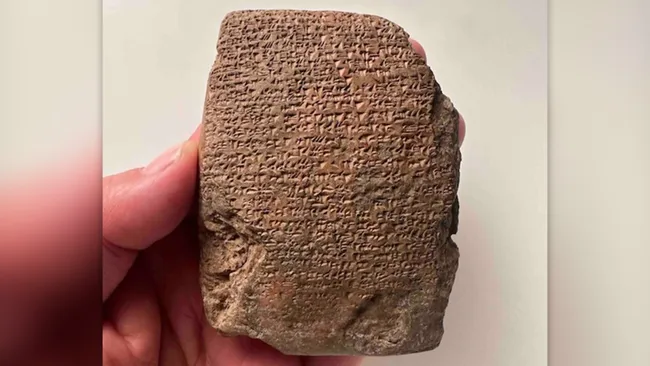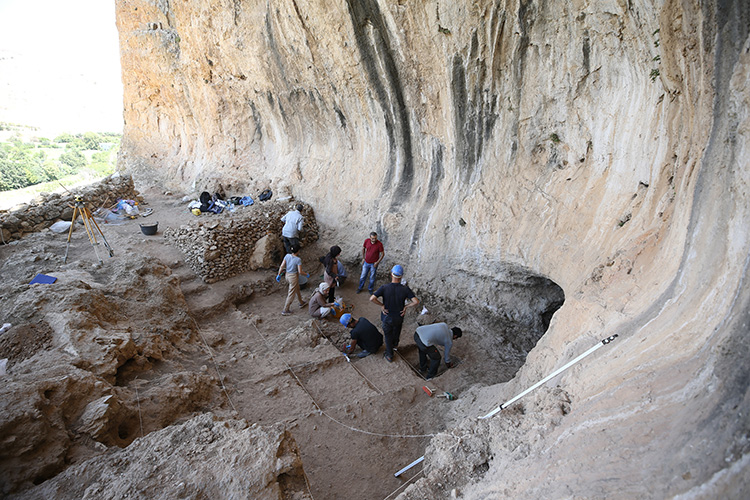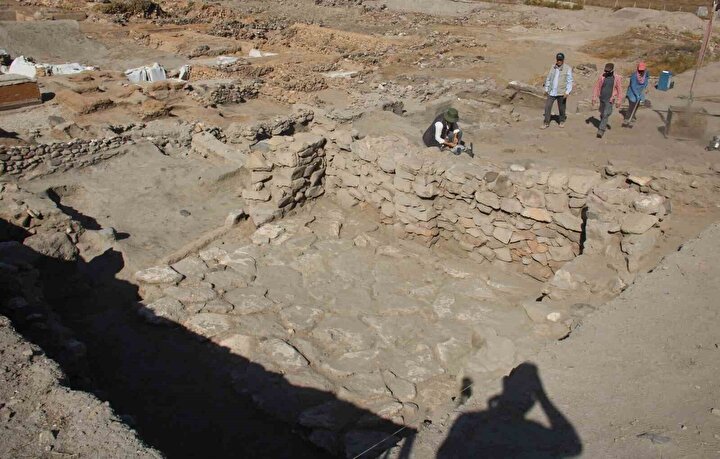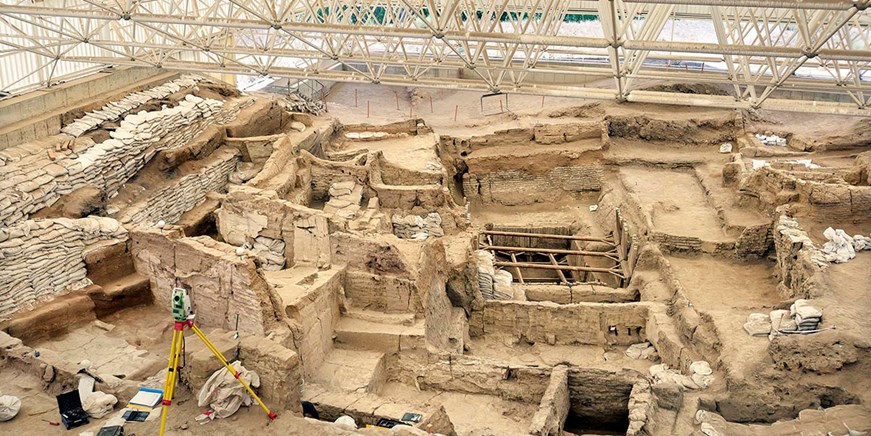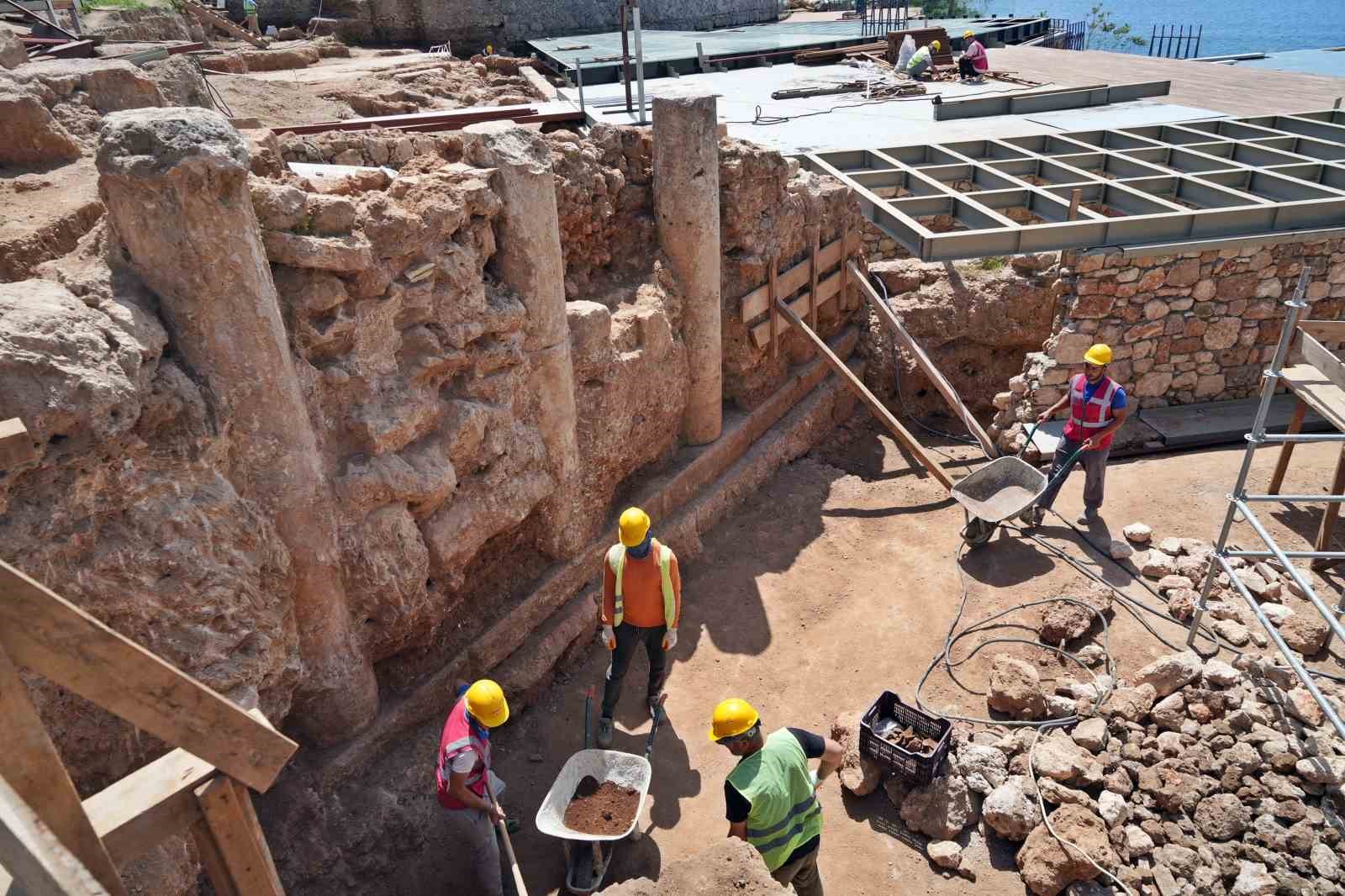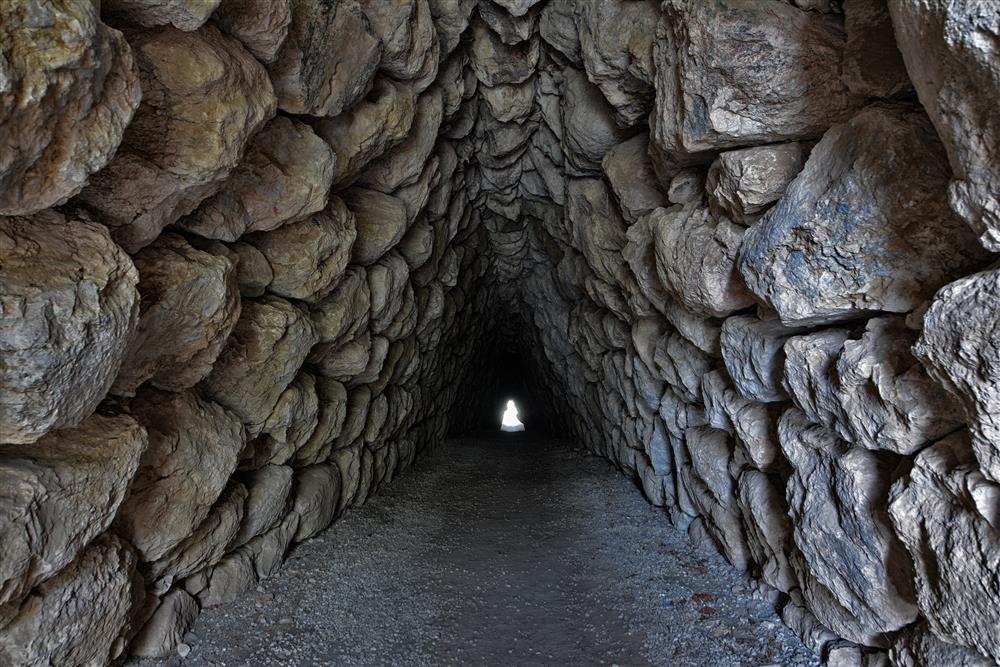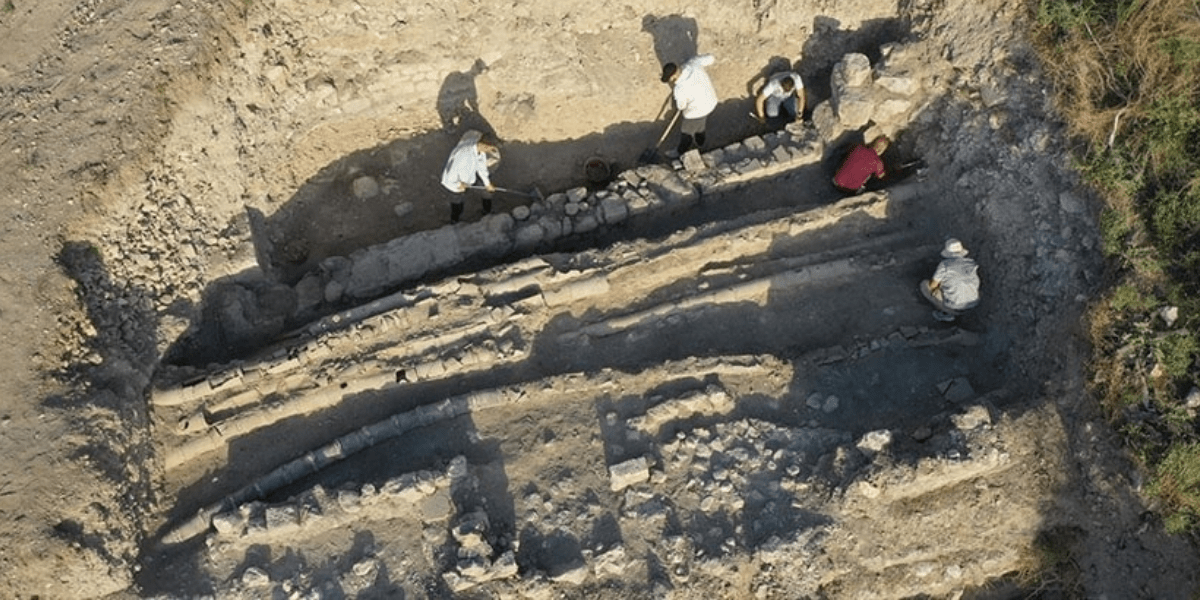The cuneiform tablet unearthed in the Hittite city of Samuha reveals the famous temple of the Goddess Šauška.
The ancient city of Samuha is located within the boundaries of Kayalıpınar Village in the Yıldızeli District of Sivas Province, Türkiye.
The excavation works are conducted under the leadership of Associate Professor Dr. Çiğdem Maner, a faculty member at Koç University.
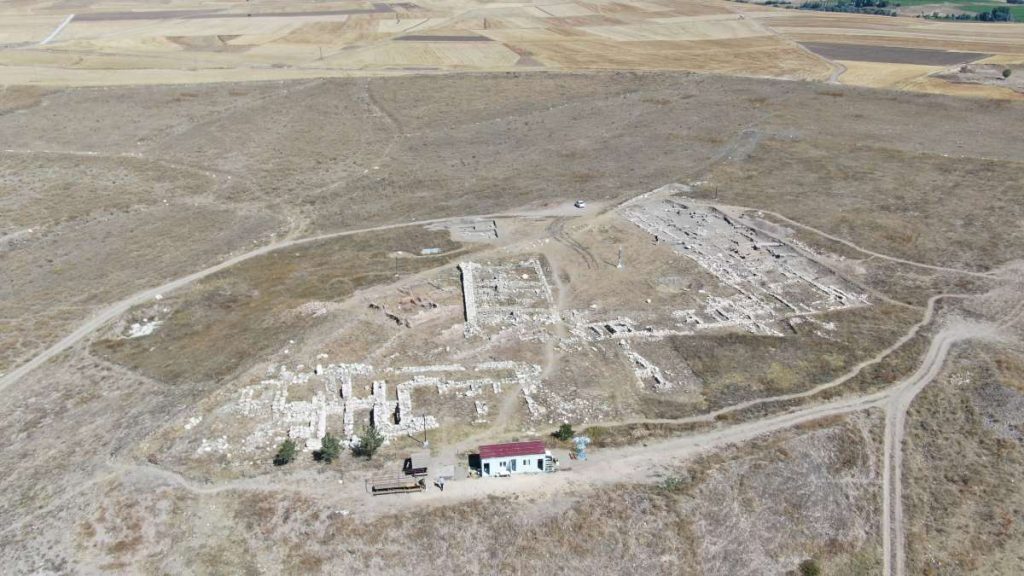
During this year’s excavations, several clay tablets belonging to the Hittite archives were unearthed along with a seal impression attributed to Hattusili III.
The city of Samuha is frequently mentioned in written sources found in Boğazköy (Hattusa), and it also appears in cuneiform tablets written in Old Assyrian, which were discovered in Kültepe.
The religious content found on the cuneiform tablet has strengthened the possibility that it may be related to the famous lost temple dedicated to the Hittite goddess Šauška in the ancient city.
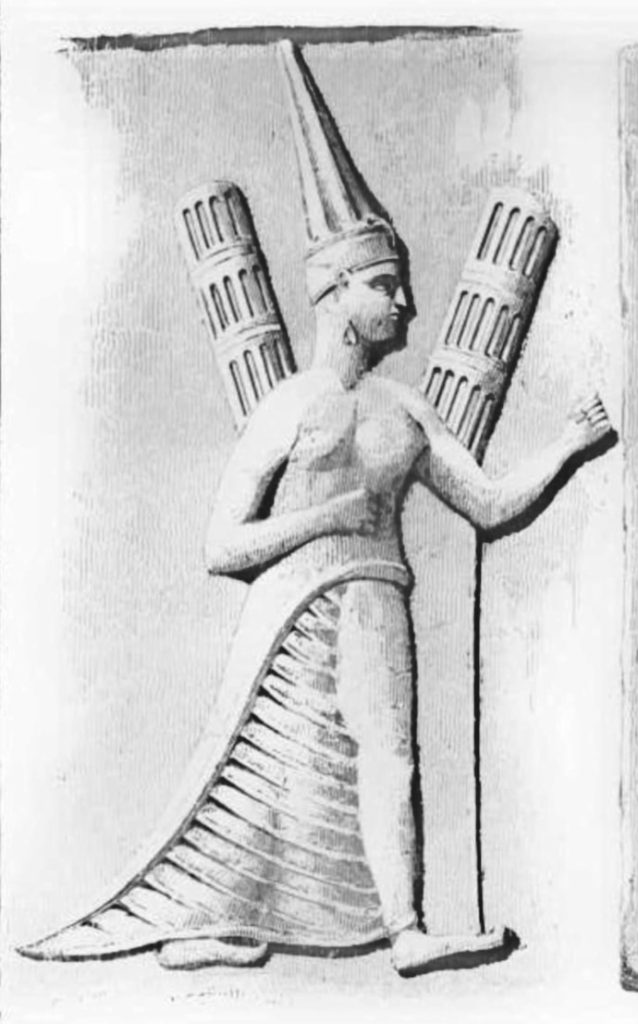
The goddess Šauška was the highest-ranking goddess in the Hurrian pantheon. She was associated not only with love and war but also with magic and, consequently, healing. As the Hurrian influence increased in Hittite religion, her name began to appear frequently in Hittite religious texts.
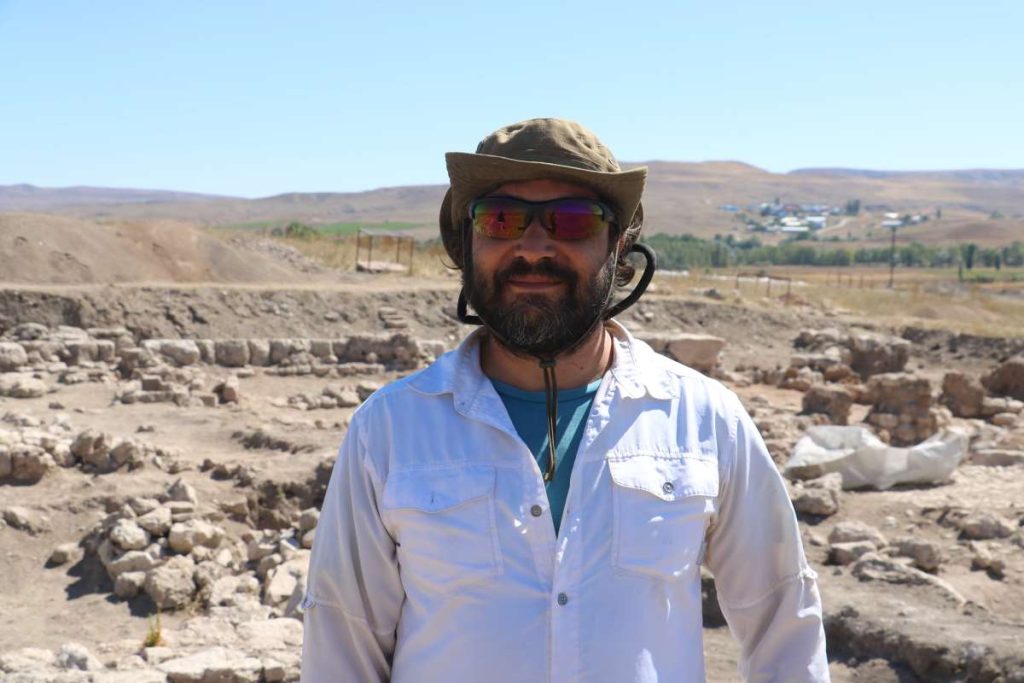
Archaeologist Dr. Emre Kuruçayırlı from the excavation team stated, “The ancient Samuha, known as Kayalıpınar today, is yielding artifacts from various different periods, and interestingly, the excavation site is a convergence point of these different eras. Here, we have found remains of structures belonging to the Hittites, remnants of a Roman-era road, and despite being damaged, we are discovering typical Byzantine mosaic remnants. Finally, we have also uncovered an artifact from the Seljuk period.”
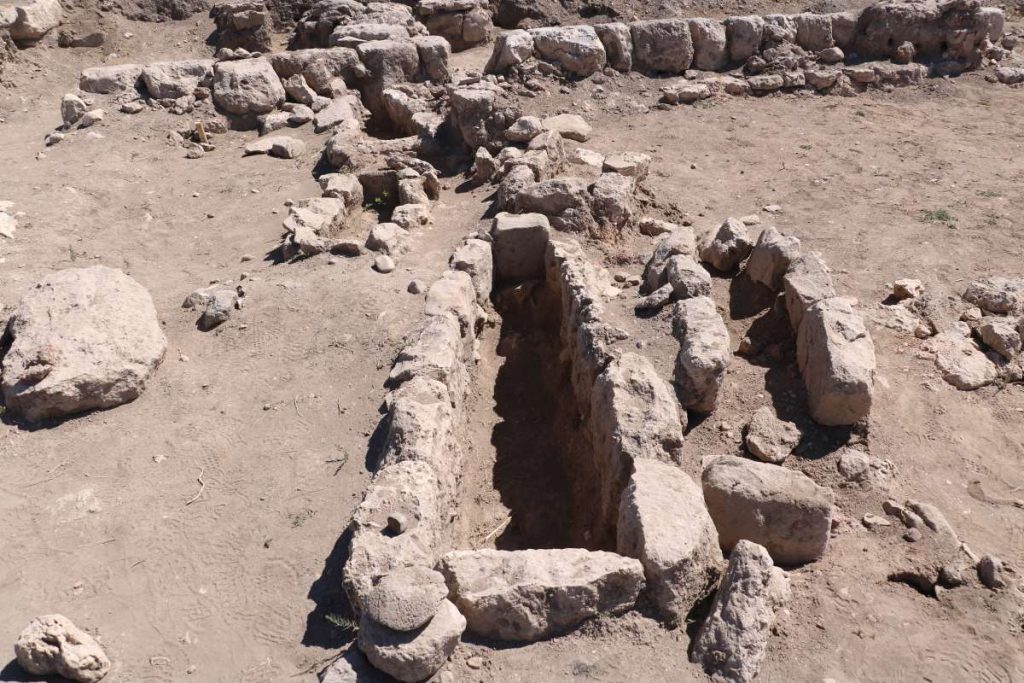
Kuruçayırlı expressed that the tablet found during this year’s excavation indicates the famous temple of the Hittite goddess Šauška in the region. He stated, “We had a typical Hittite entry gate structure here with two damaged walls extending towards it. Just two days before the end of the excavation, we found two discoveries that prove this structure’s Hittite origin. One of them was a fragment of a cuneiform tablet. The text is in Hittite and talks about something very important. It mentions a very high number of cattle. Our linguists are interpreting it as either 120 or 1200 cattle, which is quite a significant number for normal trade. The name of this city is Samuha, and this name is constantly associated with a goddess in Hittite records. There is a temple dedicated to this goddess here, the goddess Šauška. We believe that these cattle were an offering to the temple of Šauška. We think that such a high number of cattle is related to the temple. In the upcoming season, we will excavate the remaining part of this structure that we partially uncovered, and we believe it may be the famous temple of Šauška.”

